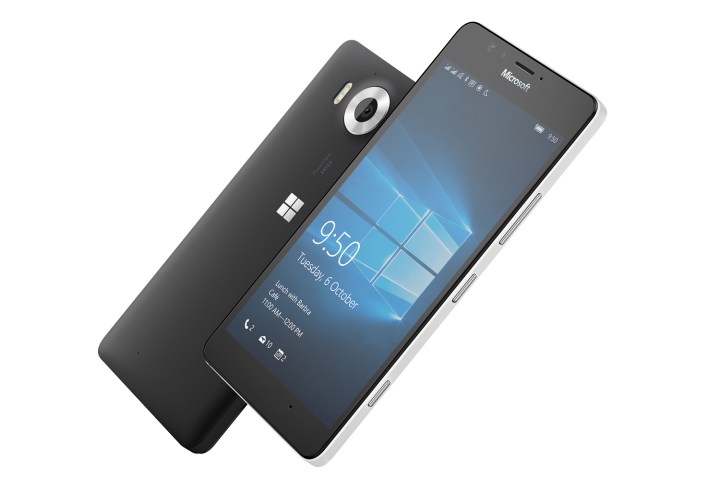
In 2015, worldwide smartphone shipments will grow 9.8 percent to a total of 1.43 billion units, according to the International Data Corporation (IDC). Of this number, 81.2 percent of shipped smartphones will run Android, 15.8 percent will run iOS, and 2.2 percent will run Windows.
IDC expects iOS to see 17.3 percent year-over-year growth in 2015, while Android is expected to see 9.5 percent growth. Windows is expected to see a 10.2 percent decline in market share this year, while all other mobile operating systems are expected to drop off by 16.8 percent.
China is largely a replacement market now, which explains IDC’s forecast of low single-digit growth there. However, the Middle East and Africa region is expected to see shipments surge nearly 50 percent year-over-year, the highest mark of any region this year.
Maintaining growth in smartphone shipment growth will depend largely on low-cost smartphones in emerging markets. “This, in turn, will depend on capturing value-oriented first-time smartphone buyers as well as replacement buyers,” according to Ryan Reith, program director of IDC’s Worldwide Quarterly Mobile Phone Tracker. “We believe that, in a number of high-growth markets, replacement cycles will be less than the typical two-year rate, mainly because the components that comprise a sub-$100 smartphone simply do not have the ability to survive two years.”
Android is expected to experience a 7.7 percent five-year compound annual growth rate (CAGR), followed by iOS with 6.5 percent, Windows with 4.5 percent, and all other mobile operating systems with 4.7 percent.
“Despite all the effort Microsoft has put into the launch of Windows 10, IDC does not expect Microsoft’s share of the smartphone OS market to grow much over the coming years,” according to IDC’s report. Microsoft’s current struggles in gaining ground are mostly attributed to the lack of original equipment manufacturer (OEM) partner support.
During the three months ending in October, Google’s Android operating system claimed 52.9 percent of the U.S. smartphone market, followed by Apple’s iOS with 43.3 percent, Microsoft’s Windows with 2.7 percent, and BlackBerry with 1.0 percent, according to comScore.

